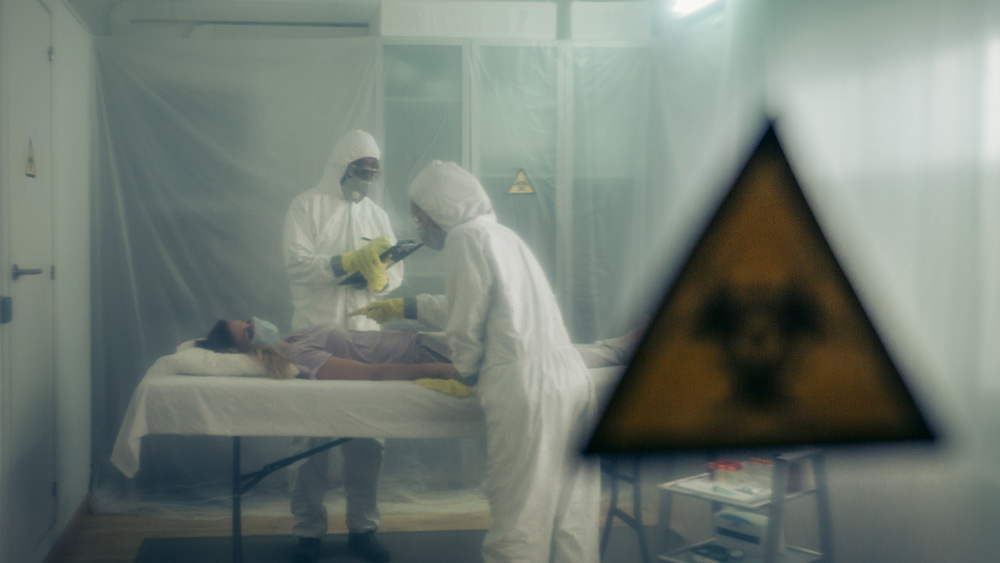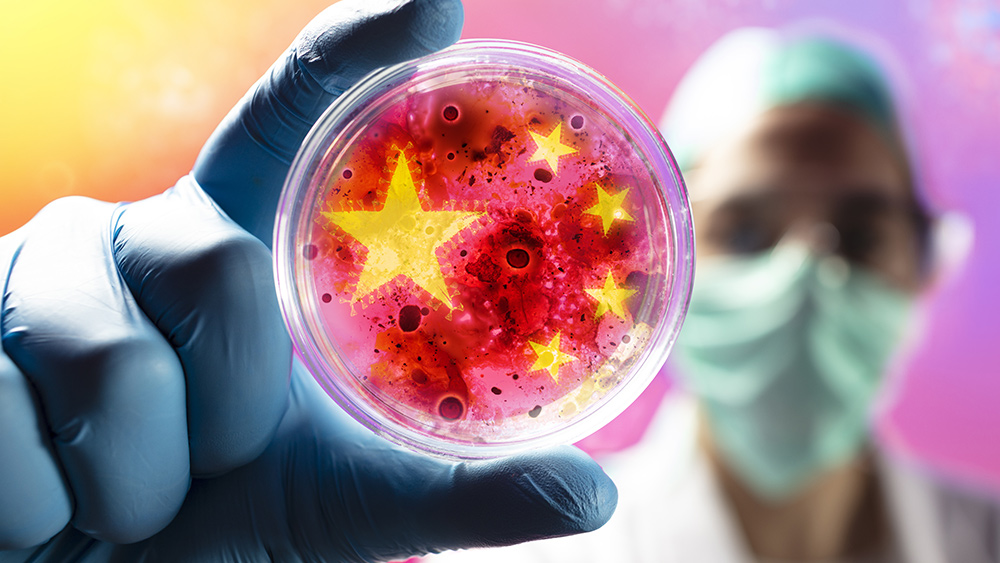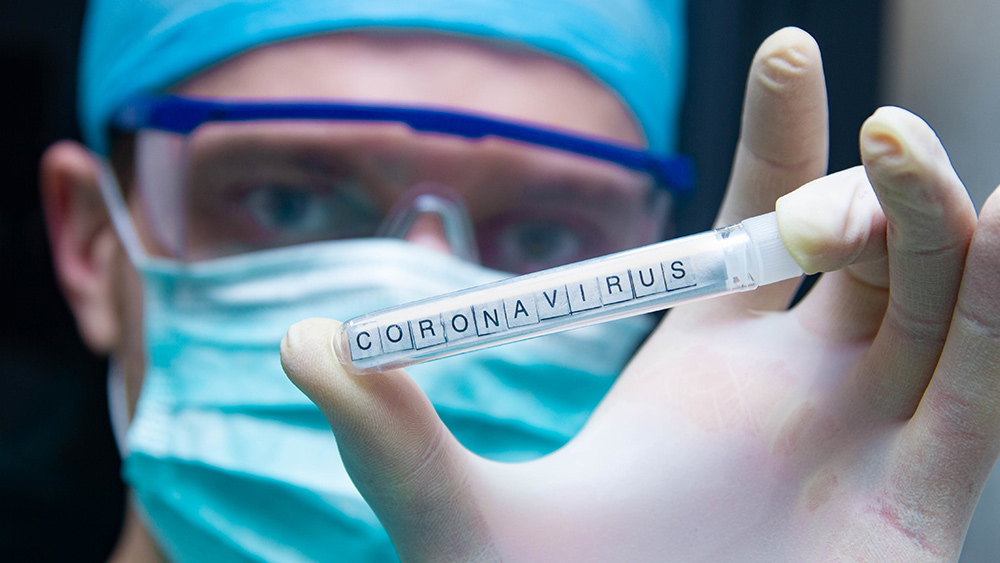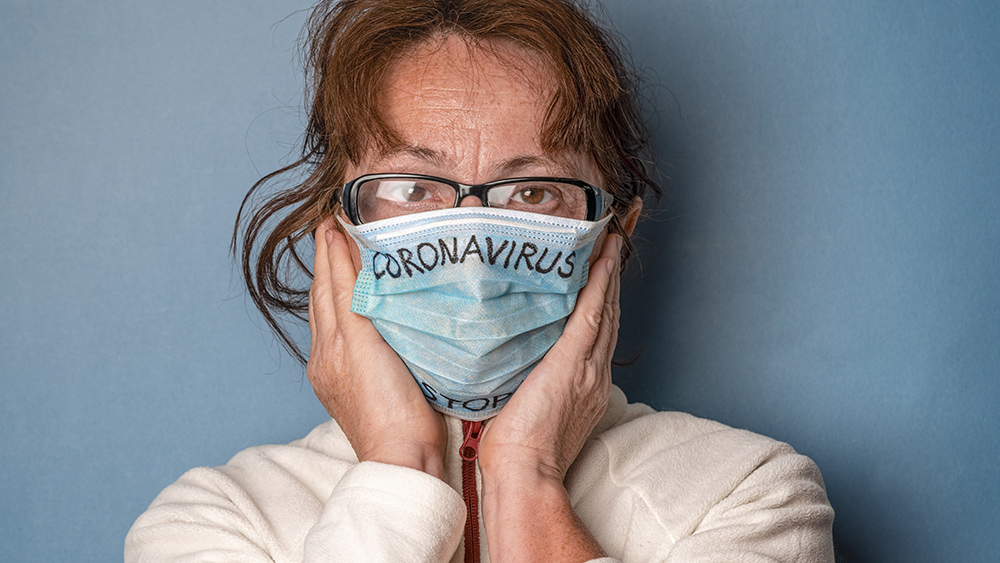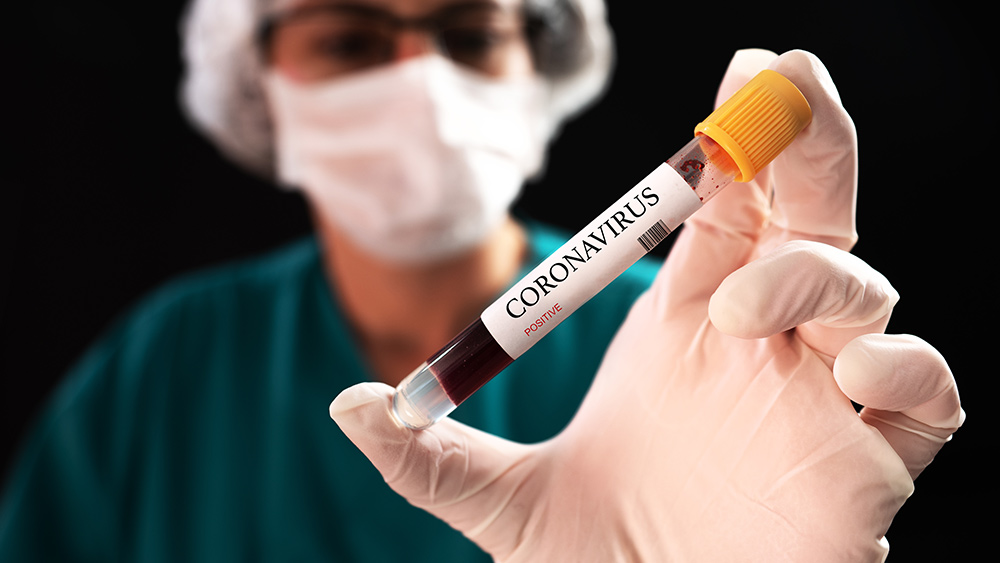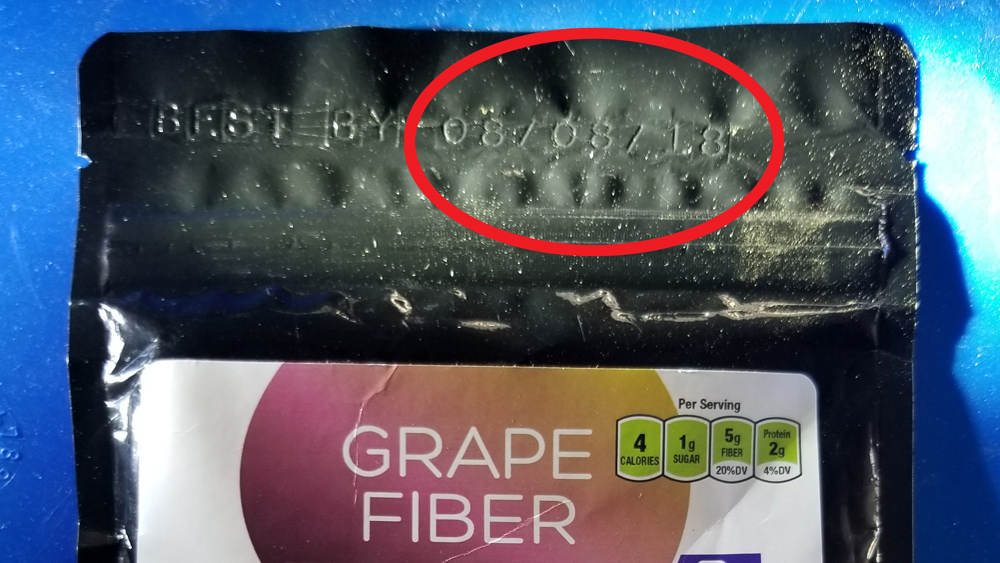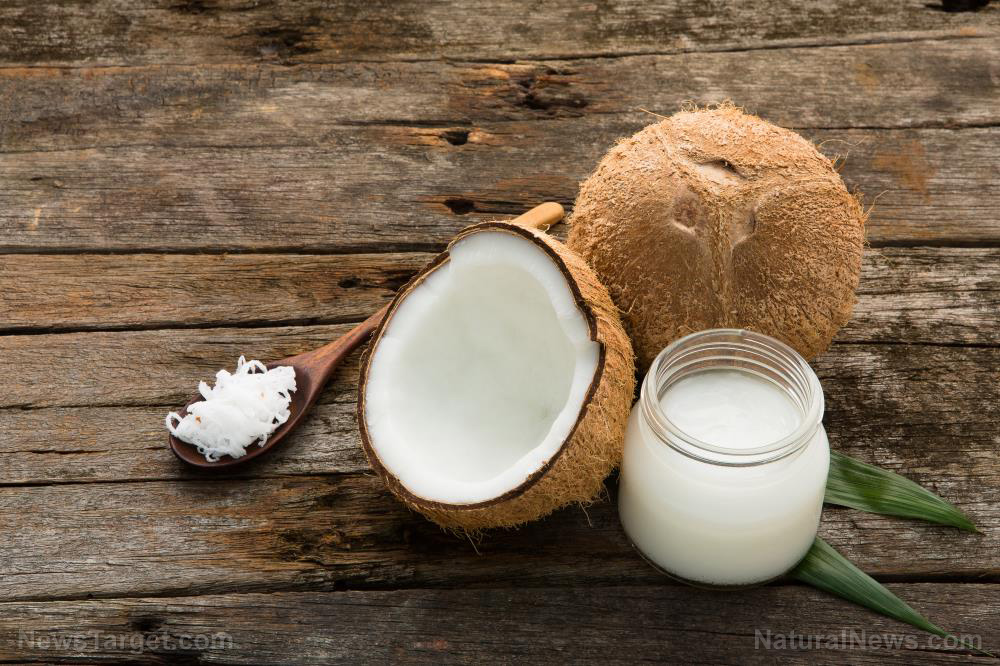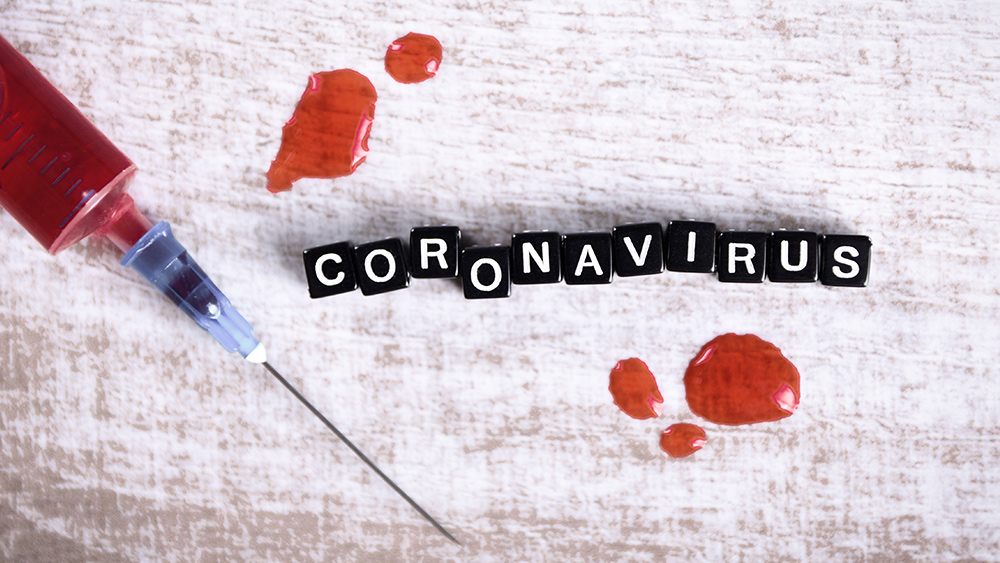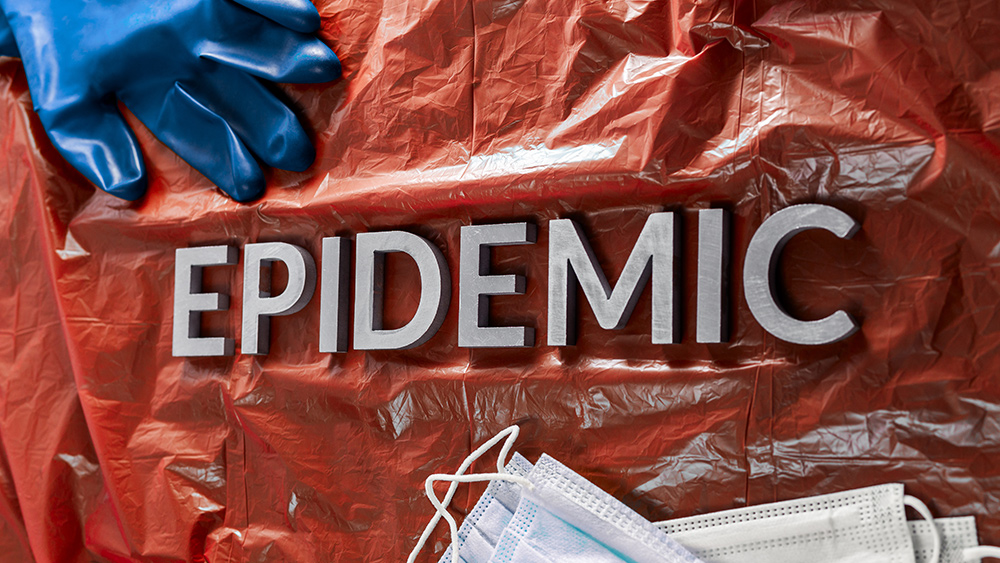Raw sewage analysis reveals marijuana use is on the rise
02/08/2020 / By Isabelle Z.
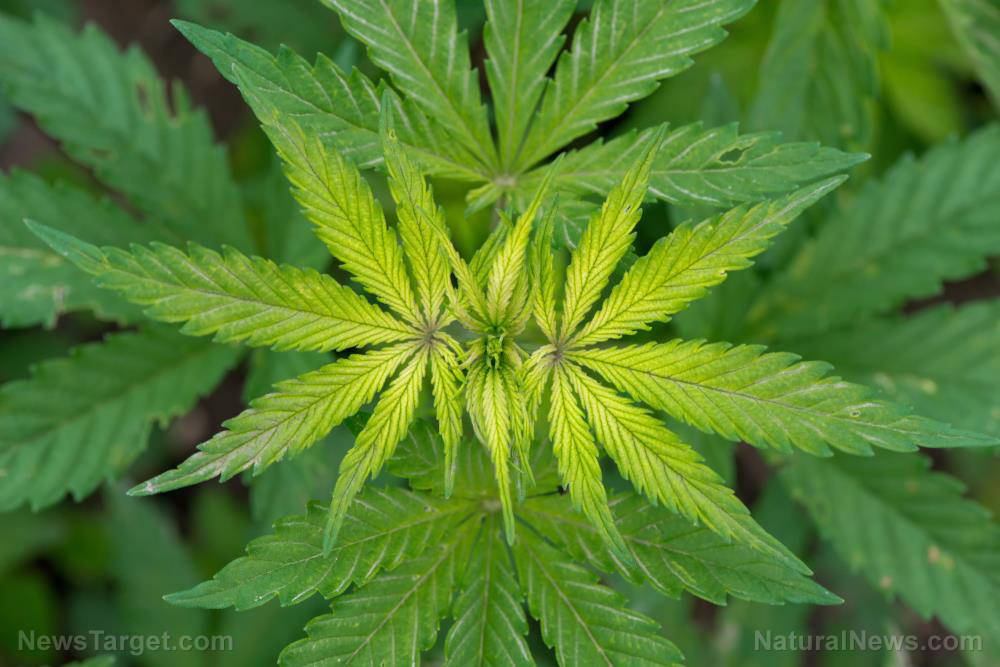
Since the first legal marijuana stores opened their doors in Washington state in 2014, marijuana use has gone up in at least one of the state’s big cities.
That’s the finding of a raw sewage analysis that saw scientists traveling to two sewage treatment plants in Tacoma, a city of 200,000 people whose drug use trends generally reflect those of Seattle.
After picking up coolers filled with frozen samples of wastewater, they thawed them and carried out their analysis using liquid chromatography and mass spectrometry.
To determine use, they looked at a substance the body creates when it metabolizes the ingredient responsible for marijuana’s high, THC. That metabolite, THC-COOH, is excreted via urine. In total, they took testing samples from 387 different days across a period of three years.
They found that between December 2013 and December 2016, THC consumption in the area doubled. However, they can’t say for certain whether the rise in metabolites signifies a greater number of people using marijuana or simply a rise in the amount that the same users as before are consuming. It’s also possible that the marijuana, extracts, and edibles that are sold legally in stores are now a lot stronger than the type found on the black market in the past.
Although wastewater sampling has been widely used in places like Australia and Europe to look at trends in drug usage, it’s a relatively uncommon method in America. The $120,000, three-year study was paid for by the U.S. National Institute on Drug Abuse.
The study was praised by some experts for filling in research gaps; the surveys that are typically used to estimate use tend to be inaccurate as people aren’t always forthcoming about their drug use.
One of the authors of the study, which appeared in the journal Addiction, believes that it’s the
higher potency of available marijuana and related products that is behind a lot of the increase, saying that the pot available these days is “not your grandmother’s marijuana.”
The researchers also believe that many people who used to get their marijuana from the black market switched to legal options once they became available. Otherwise, the metabolite levels in wastewater would have risen a lot more dramatically had there been a huge influx of new users, they say.
Other signs pointing to rise in use in Washington
Other data supports the idea that marijuana use is on the rise in Washington. For example, a state Health Department survey in 2016 revealed that 14 percent of adults aged 21 and over reported marijuana use in the previous month; just 11 percent said the same in 2012 before weed was legalized. In addition, Washington’s retail cannabis sales have been reported as exceeding $1.3 billion per year.
One segment of the population that may not be consuming as much marijuana in the state is young people. A study published in the Journal of the American Medical Association showed that cannabis use among teens has actually dropped since the drug became legal in 2012.
That study looked at data across two years and showed that use among eighth graders fell from 9.8 to 7.3 percent, while use by tenth graders dropped from 19.8 to 17.8 percent. Use by seniors, however, remained constant at 26.7 percent during the period. People must be 21 years old to consume marijuana legally in the state.
Although the raw sewage analysis shows a rise in marijuana use, there are still a lot of unanswered questions about whether it represents a rise in actual users or just the strength of the drug. It also doesn’t explain how much of that rise can be attributed to people using medical marijuana.
Sources for this article include:
Tagged Under: cannabis, legal marijuana, legalization, marijuana, marijuana use, research, Washington

